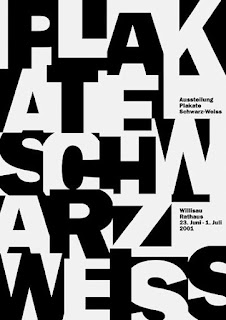DIGITAL PHOTOGRAPHY AND IMAGING - WEEK 7
15th May 2023 (Week 7)
Azim Azariff Bin Azahar (0353583)
Bachelor's
of Design (Honours) in Design
Digital Photography and Imaging - Week
7 (Project 2A: Double Exposure)
LECTURE
Week 7 (15/05/23): In week 7, we were looking at week 6 and 7's lecture slides. Week 7's lecture slides is about 'Double Exposure'.
Double Exposure
Double exposure refers to merging multiple images into one. The goal is to make them surreal, emotional or humorous.
1) Using the tilt-shift effect
- You can blur one of your photos instead of the entire image.
|
|
|
Fig. 7.1.1 Tilt-shift effect (15/05/23) |
2) Create fake reflection
- There are many ways to create fake reflections. One of the ways is creating a double exposure with the help of a separate window photo.
|
|
|
Fig. 7.1.2 Fake reflection (15/05/23) |
3) Simple portraits and detailed texture
- Combining something simple with something complicated will give you a balanced result.
|
|
|
Fig. 7.1.3 Simple and complicated (15/05/23) |
4) Convert your results to black & white
- A lack of colour may strengthen the emotions in your double exposure image.
- It gives them a unique depth.
|
|
|
Fig. 7.1.4 B&W (15/05/23) |
5) Work with silhouette
|
|
|
Fig. 7.1.5 Silhouette (15/05/23) |
6) Pick two random photo
|
|
|
Fig. 7.1.6 Two random photos (15/05/23) |
7) Make simple objects look fascinating
|
|
|
Fig. 7.1.7 Simple objects (15/05/23) |
8) Use shadow
- Shadows are as effective as silhouette in this genre.
|
|
|
Fig. 7.1.8 Shadow (15/05/23) |
PROJECT 2A - PART 1: DOUBLE EXPOSURE
Firstly, we need to follow the tutorial given from Mr. Fauzi. Once we're done with the tutorial, we need to create our own version of 'Double Exposure'.
This is the tutorial version I created:

|
|
Fig. 7.2.1 Double Exposure Tutorial (28/05/23) |
At first this task was quite complicated, however, it quickly turned really
fun. The tutorial is basically a silhouette. There's a portrait image and
many different images to fill in the portrait.
.png)
|
|
Fig. 7.2.2 Double Exposure (Own version) (28/05/23) |
This is my own version of Double Exposure. I used the same process as the
tutorial version but I wanted to make it look different by creating a
space in the middle of my face. I added pictures of birds in that space
which looks really interesting to me. It didn't take long to create this
but I really like it.
FINAL DIGITIZATION
FINAL DIGITIZATION
<iframe src="https://drive.google.com/file/d/1EaVREEYDdxz9cq4Nl7FEfk3tC2A-h9oE/preview" width="640" height="480" allow="autoplay"></iframe>




Comments
Post a Comment